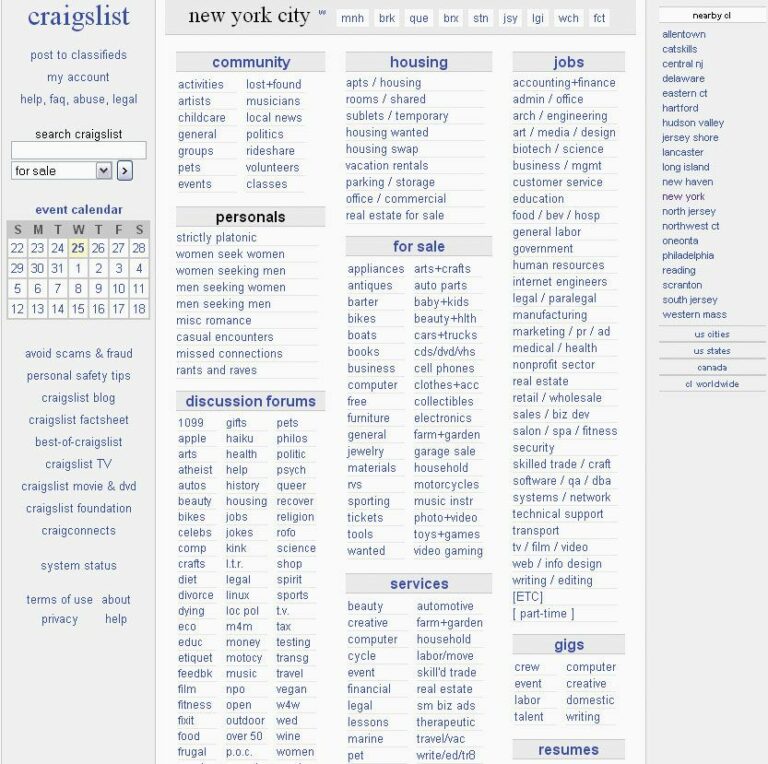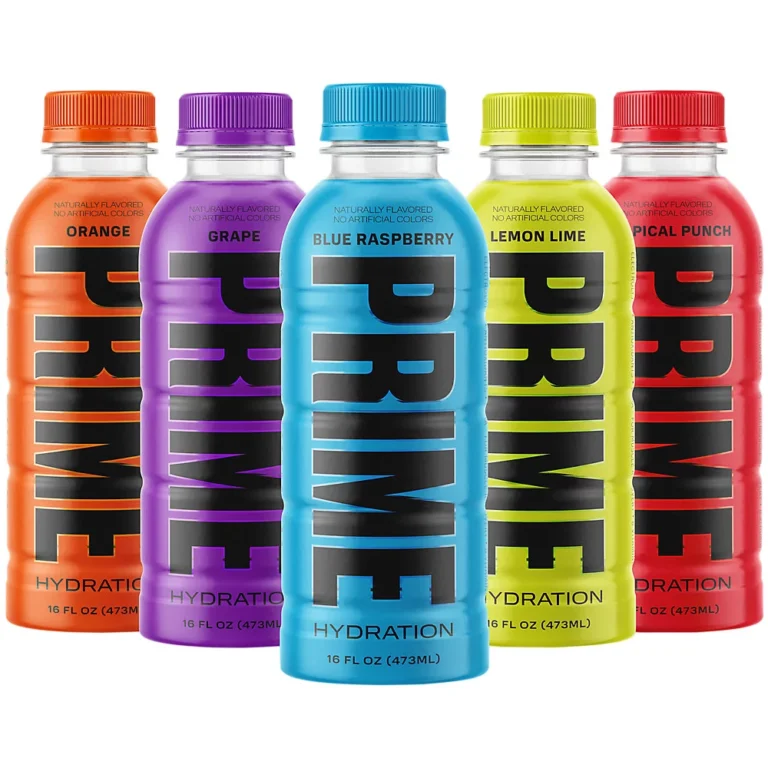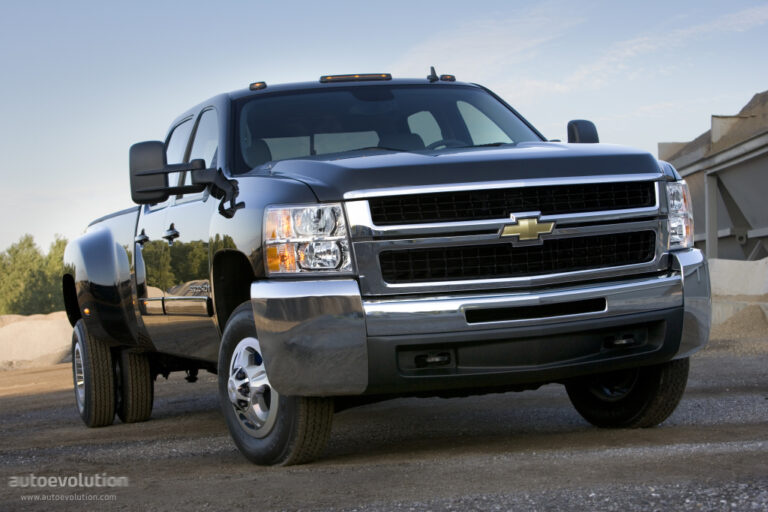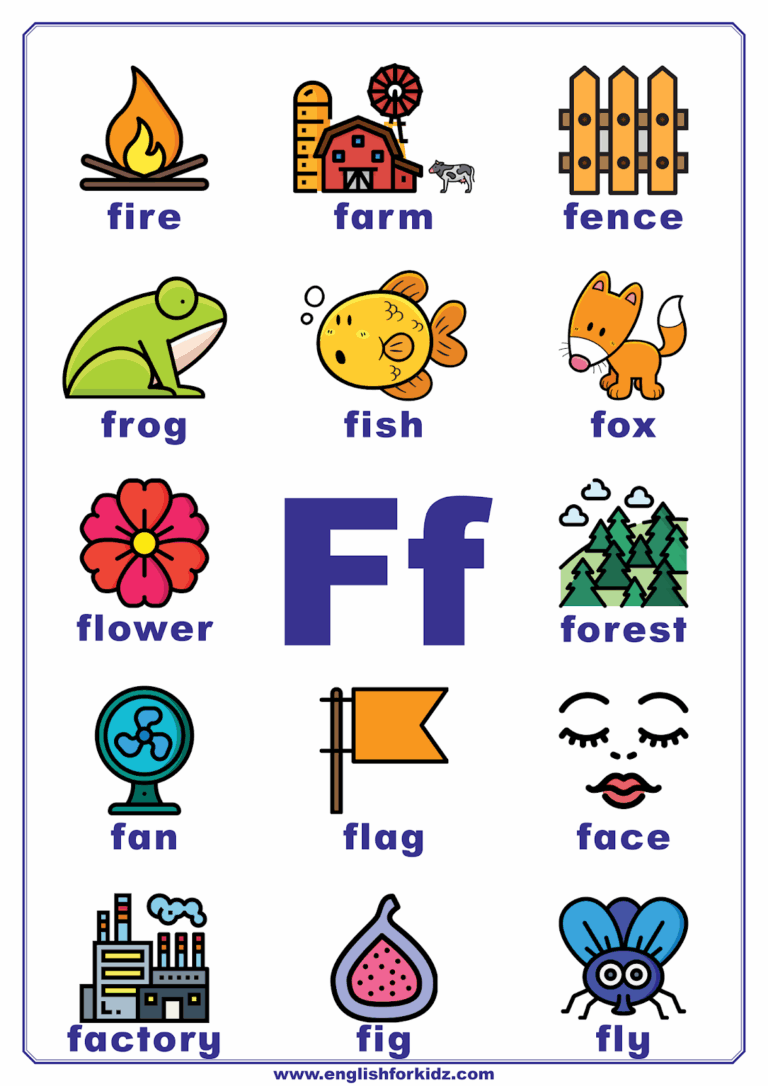U-Haul Auto Trailer: Your Comprehensive Guide to Stress-Free Vehicle Transport
U-Haul Auto Trailer: Your Comprehensive Guide to Stress-Free Vehicle Transport cars.truckstrend.com
Moving is often cited as one of life’s most stressful events, and when it involves transporting a vehicle over long distances, the complexity can multiply. This is where the U-Haul Auto Trailer emerges as an indispensable solution, offering a practical, cost-effective, and secure way to move your car, truck, or SUV. Far more than just a piece of equipment, a U-Haul Auto Trailer represents freedom and flexibility, empowering individuals to take control of their vehicle relocation needs, whether it’s for a cross-country move, a temporary relocation, or simply getting a non-drivable vehicle from point A to point B.
Designed for ease of use and maximum utility, U-Haul’s range of auto trailers provides a robust platform for vehicle transport, eliminating the need for expensive professional car carriers or the wear and tear of driving an extra vehicle. This comprehensive guide will delve into every aspect of U-Haul Auto Trailers, from understanding their types and benefits to navigating the rental process, mastering the art of towing, and ensuring a safe journey.
U-Haul Auto Trailer: Your Comprehensive Guide to Stress-Free Vehicle Transport
Understanding U-Haul Auto Trailers: Auto Transport vs. Tow Dolly
U-Haul offers two primary types of auto trailers, each designed for specific needs and vehicle types. Understanding the distinction between the Auto Transport trailer and the Tow Dolly is crucial for selecting the right equipment for your move.
1. U-Haul Auto Transport Trailer
The U-Haul Auto Transport is a full-size car hauler, designed to lift all four wheels of your vehicle off the ground. This makes it the premier choice for long-distance moves and for protecting your vehicle from road wear and tear.
- Key Features:
- Full Protection: Keeps all four wheels off the road, eliminating mileage accumulation and reducing wear on tires, suspension, and drivetrain.
- Versatility: Capable of towing most cars, trucks, and SUVs, including front-wheel drive (FWD), rear-wheel drive (RWD), all-wheel drive (AWD), and 4×4 vehicles. Essential for AWD/4×4 vehicles to prevent transmission damage.
- Integrated Ramps: Features easy-to-use loading ramps for smooth vehicle placement.
- Secure Tie-Downs: Equipped with heavy-duty straps and ratchets to firmly secure the vehicle in place.
- Braking System: Many Auto Transports come with surge brakes, providing additional stopping power for the combined weight of the trailer and the towed vehicle.


- Ideal For: Long-distance moves, valuable or classic cars, vehicles with low ground clearance, AWD/4×4 vehicles, and situations where mileage accumulation is a concern.
2. U-Haul Tow Dolly
The U-Haul Tow Dolly is a two-wheel trailer that lifts the front wheels of your vehicle off the ground, leaving the rear wheels on the road. It’s a more compact and often more economical option for shorter distances or specific vehicle types.

- Key Features:
- Compact Design: Lighter and generally easier to maneuver than the full Auto Transport.
- Cost-Effective: Often a more budget-friendly rental option.
- Simpler Operation: Can be easier to hitch and unhitch for those less experienced with trailers.
- Limited Protection: The rear wheels of the towed vehicle remain on the ground, accumulating mileage and experiencing road wear.
- Ideal For: Shorter distance moves, front-wheel drive (FWD) vehicles, vehicles where mileage accumulation on the rear wheels is not a concern, and situations where budget or maneuverability are primary factors. Note: Not suitable for AWD/4×4 vehicles unless the manufacturer explicitly states it’s safe to tow with two wheels on the ground, or if the drive shaft can be disconnected.
Why Choose a U-Haul Auto Trailer? Benefits Beyond Transport
Opting for a U-Haul Auto Trailer offers a multitude of advantages that go beyond simply getting your vehicle from one place to another.
- Cost-Effectiveness: Compared to hiring professional auto transport services, renting a U-Haul Auto Trailer can significantly reduce your overall moving expenses. You save on labor costs and often on fuel, as you’re only driving one vehicle.
- Convenience and Control: You dictate the schedule. Pick up and drop off the trailer at your convenience, load and unload on your own terms, and travel at your own pace. This level of control is invaluable during a busy move.
- Vehicle Protection: Using an Auto Transport trailer prevents wear and tear on your vehicle, saving on mileage, tire depreciation, and potential mechanical issues that could arise from a long drive. It’s like putting your vehicle in a protective bubble.
- Safety and Security: U-Haul trailers are designed with safety in mind, featuring robust construction, proper lighting, and secure tie-down systems. When correctly used, they provide a safe means of transport, mitigating the risks associated with driving an extra vehicle or using unverified transport methods.
- Flexibility for Multi-Vehicle Moves: If you’re moving a household and already renting a U-Haul moving truck, adding an auto trailer allows you to transport your car simultaneously, avoiding the need for multiple drivers or separate trips.
Essential Preparations Before Renting Your U-Haul Auto Trailer
A successful vehicle transport begins long before you arrive at the U-Haul center. Thorough preparation is key.
-
Assess Your Towing Vehicle:
- Towing Capacity: Your towing vehicle (the one pulling the trailer) must have sufficient towing capacity to handle the combined weight of the trailer and the vehicle being towed. Check your vehicle’s owner’s manual for its Gross Vehicle Weight Rating (GVWR) and Gross Combined Weight Rating (GCWR).
- Hitch Class: You’ll need a properly installed hitch receiver. U-Haul typically requires a Class III (2-inch receiver) hitch for most auto transports.
- Wiring: A working 4-flat or 7-way wiring harness is essential for trailer lights (turn signals, brake lights, running lights).
- Tires: Ensure your towing vehicle’s tires are properly inflated and in good condition.
- Brakes: Your towing vehicle’s brakes will be under extra strain; ensure they are in excellent working order.
-
Assess Your Vehicle to Be Towed:
- Weight and Dimensions: Know the exact weight and dimensions (wheelbase, track width, ground clearance) of the vehicle you intend to tow. U-Haul has specific requirements for vehicles that can be loaded onto their trailers.
- Drive Type: As mentioned, FWD vehicles are generally fine for a tow dolly, but AWD/4×4 vehicles almost always require an Auto Transport trailer unless specific manufacturer instructions allow otherwise.
- Condition: Ensure the vehicle can roll freely and the steering is unlocked (if using a tow dolly).
-
Making Your Reservation:
- Online or Phone: U-Haul’s website is user-friendly for reservations. Provide accurate details about your towing vehicle, the vehicle to be towed, pickup/drop-off locations, and dates.
- One-Way vs. In-Town: One-way rentals are for moving long distances and dropping off at a different location. In-town rentals are typically for local moves and require returning the trailer to the same location. One-way rentals are generally more expensive.
- Availability: Book well in advance, especially during peak moving seasons (summer, end of month).
-
Insurance Options:
- U-Haul offers supplementary insurance coverage, such as Safemove® or Safemove Plus®. These plans can protect you from financial liability for damage to the trailer and even to your own vehicle while on the trailer. While not always mandatory, it’s highly recommended for peace of mind. Check your personal auto insurance policy as well, as some policies may extend coverage to towed trailers.
A Step-by-Step Guide to Using Your U-Haul Auto Trailer
Once you’ve made your reservation and prepared, follow these steps for a smooth and safe experience.
1. Pickup and Inspection
- At the U-Haul Location: A U-Haul representative will help you hitch the trailer and conduct a brief safety check. Pay attention and ask questions.
- Pre-Trip Inspection: Before leaving the lot, perform your own thorough check:
- Hitch Connection: Ensure the coupler is securely latched onto the hitch ball and the safety pin is in place.
- Safety Chains: Confirm they are crossed under the tongue and clipped to the towing vehicle’s hitch.
- Electrical Connection: Verify the trailer lights (running, brake, turn signals) are working correctly.
- Tires: Check the air pressure on all trailer tires.
- Ramps and Straps: Ensure all loading ramps are stowed securely and tie-down straps are present and in good condition.
2. Hitching Up
- Parking: Park your towing vehicle on a level surface, as close to the trailer tongue as possible.
- Connecting: Lower the trailer coupler onto the hitch ball. Latch it securely and insert the safety pin.
- Safety Chains: Attach the safety chains, crossing them underneath the trailer tongue to create a cradle in case of detachment.
- Electrical: Connect the wiring harness from the trailer to your towing vehicle. Test all lights.
3. Loading Your Vehicle
This is the most critical step for safety and proper weight distribution. Always follow U-Haul’s specific instructions provided with the trailer.
- Level Ground: Load the vehicle on a level, firm surface.
- Clearance: Ensure ample space around the trailer for loading and maneuvering.
- Ramps: Deploy the ramps properly and ensure they are stable.
- Positioning: Slowly drive the vehicle onto the trailer. For Auto Transports, guide the vehicle until the front wheels are securely in the wheel wells. For Tow Dollies, ensure the front wheels are centered and firmly in place.
- Weight Distribution: For Auto Transports, load the vehicle facing forward, ensuring the majority of the towed vehicle’s weight is over the trailer’s axles, with some tongue weight on the hitch.
- Securing: Use the provided heavy-duty straps to secure the vehicle’s wheels. Ensure the straps are tight and the ratchets are locked. Double-check all four straps on an Auto Transport, or the two straps on a Tow Dolly. Never use the vehicle’s frame or suspension components for tie-down unless specifically instructed and equipped for it.
4. Driving with a Trailer
Towing significantly changes how your vehicle handles.
- Speed Limits: Obey reduced speed limits for vehicles towing trailers (often 55-65 mph on highways).
- Braking: Allow much greater stopping distance. Brake smoothly and earlier than usual.
- Turning: Make wider turns to avoid clipping curbs or other vehicles with the trailer.
- Lane Changes: Signal well in advance and check your mirrors thoroughly. The trailer will follow a different path.
- Hills: Downshift on inclines to maintain power and on declines to use engine braking, reducing strain on your service brakes.
- Mirrors: Ensure your side mirrors provide a clear view of the trailer and surrounding traffic. Extendable mirrors can be very helpful.
- Weight Distribution: Always ensure your load is balanced. An unbalanced load can lead to trailer sway, which is extremely dangerous. If sway occurs, gently release the accelerator and lightly apply the trailer brakes (if equipped) or towing vehicle brakes, then pull over to re-check your load.
5. Unloading and Return
- Safe Unloading: Park on a level surface. Release the straps, carefully back the vehicle off the trailer, and then stow the ramps.
- Return: Return the trailer to the designated U-Haul location by the agreed-upon time. Ensure it’s clean and free of debris.
Important Considerations for a Smooth Tow
- Regular Checks: During long trips, periodically stop to check the hitch connection, safety chains, tire pressure (on both the towing vehicle and trailer), and the security of the vehicle on the trailer.
- Weather: High winds, heavy rain, or snow can make towing extremely challenging. If conditions are severe, it’s safer to pull over and wait.
- Fuel Economy: Expect a significant drop in your towing vehicle’s fuel efficiency. Plan your fuel stops accordingly.
- Backing Up: Backing up with a trailer requires practice. The trailer will turn in the opposite direction of your steering wheel. It’s often easier to unhitch and manually maneuver the trailer if possible in tight spots.
- Emergency Kit: Carry a basic emergency kit, including a spare tire for your towing vehicle, a jack, basic tools, reflective triangles, and a first-aid kit.
Pricing Your U-Haul Auto Trailer Rental: An Overview
U-Haul auto trailer rental prices are dynamic and depend on several factors. There isn’t a single fixed price, but rather a range influenced by your specific rental needs.
| Feature | Auto Transport Trailer (Estimated Range) | Tow Dolly (Estimated Range) | Notes |
|---|---|---|---|
| Rental Type | One-Way / In-Town | One-Way / In-Town | One-Way rentals (different pickup/drop-off locations) are generally more expensive due to logistics. In-Town rentals (same pickup/drop-off) are typically daily rates. |
| Base Rental Cost | One-Way: $150 – $800+ | One-Way: $70 – $250+ | Highly variable based on: – Distance: Longer distances cost more. – Duration: Number of days rented. – Location: Prices can differ by city/state. – Demand/Availability: Peak seasons (summer, holidays) often see higher prices. |
| In-Town (Daily): $50 – $70 | In-Town (Daily): $35 – $50 | These are rough daily estimates. | |
| Required Equipment | Hitch, Wiring, Ball | Hitch, Wiring, Ball | If you don’t own these, U-Haul can rent or sell them. Costs are separate from trailer rental. Ensure your towing vehicle has the correct hitch class and working electrical. |
| Optional Coverage | Safemove® / Safemove Plus® | Safemove® / Safemove Plus® | Highly Recommended. Provides coverage for damage to the trailer and your own vehicle while on the trailer. Costs an additional daily or flat fee. |
| Taxes & Fees | Varies by state/locality | Varies by state/locality | Standard sales taxes and potential environmental/administrative fees apply based on your location. |
| Additional Items | Moving blankets, boxes, dollies | Moving blankets, boxes, dollies | Not part of trailer rental but often rented concurrently with moving trucks. |
| Deposit | May be required (check at time of booking) | May be required (check at time of booking) | Deposits are generally refundable upon safe and timely return of the equipment in good condition. |
Disclaimer: Please note: The prices provided in this table are estimates and can vary significantly based on numerous factors including location, distance of travel, duration of rental, time of year, and availability. For the most accurate and up-to-date pricing, it is essential to obtain a personalized quote directly from the U-Haul website or a U-Haul representative based on your specific needs and travel plans. Always confirm all costs, including taxes and optional coverages, before finalizing your reservation.
Frequently Asked Questions (FAQ) About U-Haul Auto Trailers
Q1: What’s the main difference between an Auto Transport and a Tow Dolly?
A1: An Auto Transport trailer lifts all four wheels of your vehicle off the ground, ideal for long distances and AWD/4×4 vehicles. A Tow Dolly lifts only the front two wheels, leaving the rear wheels on the ground, making it suitable for shorter distances and FWD vehicles.
Q2: Can I tow any vehicle with a U-Haul Auto Trailer?
A2: No. U-Haul has specific weight, wheelbase, and track width requirements for vehicles towed on their trailers. Your towing vehicle must also meet specific capacity requirements. Always verify your vehicle’s compatibility on the U-Haul website or with a representative.
Q3: Do I need special insurance to rent a U-Haul Auto Trailer?
A3: While your personal auto insurance policy might offer some coverage, U-Haul offers supplementary protection plans (Safemove®, Safemove Plus®) that cover damage to the trailer and your vehicle while it’s being towed. It’s highly recommended to consider these for peace of mind.
Q4: Can I rent an Auto Transport trailer if I don’t have a U-Haul truck?
A4: Yes, you can rent an Auto Transport trailer or Tow Dolly to be pulled by your own personal truck or SUV, provided your vehicle meets U-Haul’s stringent towing requirements (hitch class, towing capacity, wiring).
Q5: How do I know if my towing vehicle is strong enough?
A5: Check your vehicle’s owner’s manual for its maximum towing capacity and Gross Combined Weight Rating (GCWR). This must exceed the combined weight of the U-Haul trailer and the vehicle you intend to tow. U-Haul’s online reservation system will also guide you based on your vehicle’s make and model.
Q6: What if my towed vehicle is an AWD or 4×4?
A6: Most AWD and 4×4 vehicles must be transported on an Auto Transport trailer (all four wheels off the ground) to prevent damage to the drivetrain. A Tow Dolly is generally not suitable unless the manufacturer explicitly permits it or the drive shaft can be disconnected.
Q7: Is it difficult to load a car onto the trailer?
A7: Loading requires care and precision, but it’s generally straightforward if you follow the instructions. Drive slowly, ensure the vehicle is centered, and use the provided straps securely. Having a helper for guidance can be beneficial.
Q8: What speed should I drive when towing?
A8: Always obey posted speed limits for vehicles towing trailers, which are often lower than regular highway limits. Generally, a maximum of 55-65 mph is recommended for safety and control.
Conclusion
The U-Haul Auto Trailer stands as a testament to practical problem-solving in the realm of vehicle relocation. Whether you opt for the full protection of an Auto Transport or the agile convenience of a Tow Dolly, these trailers offer a DIY solution that can save you money, protect your vehicle, and grant you unparalleled control over your moving timeline. By understanding the types, preparing diligently, and adhering to safety guidelines, anyone can confidently navigate the challenges of vehicle transport. A U-Haul Auto Trailer isn’t just a rental; it’s an enabler for your next journey, ensuring your vehicle arrives safely and securely, ready for the road ahead.





